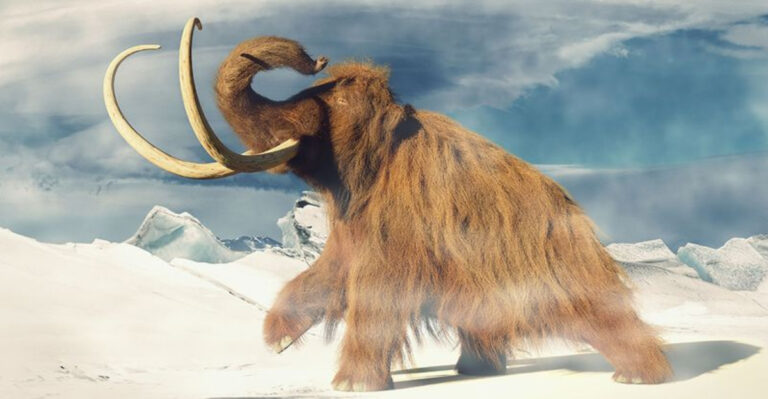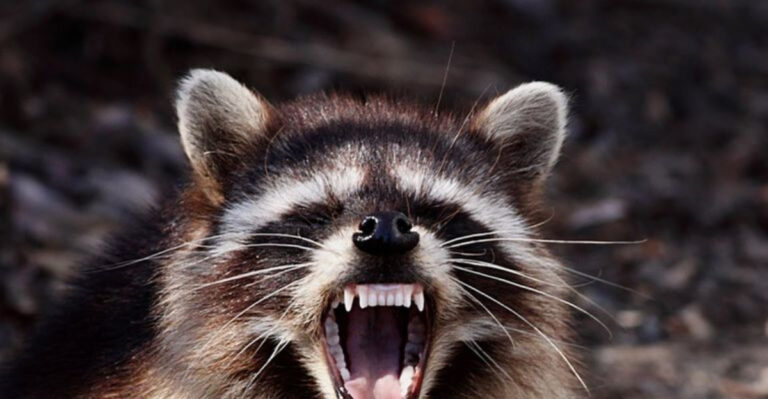11 Legendary Creatures That Could Be Based On Real-Life Sightings (And 3 That Are Definitely Myths)

Stories of strange creatures have fascinated humans since ancient times. From shadowy forests to murky lakes, reports of unusual animals continue to capture our imagination.
Could some legendary beasts actually exist? Let’s explore which famous cryptids might have roots in reality and which ones are pure fiction.
1. Bigfoot

Towering forest giants or just misidentified bears? Thousands of sightings across North America describe a massive, hair-covered biped leaving distinctive footprints in remote wilderness.
Scientists suggest these encounters might actually be brown bears walking on hind legs. Yet the sheer volume of consistent reports from credible witnesses keeps the mystery alive.
2. The Loch Ness Monster (Nessie)
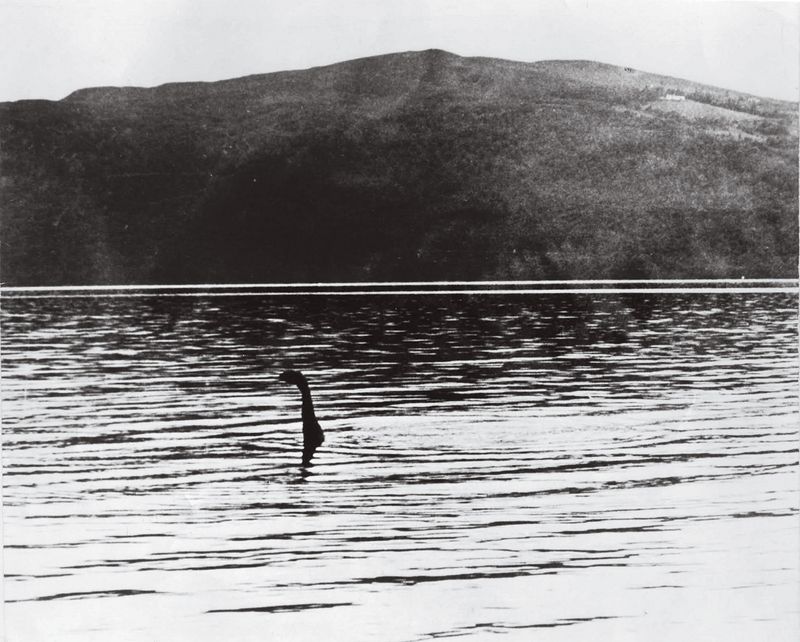
Scotland’s famous lake harbors more than just murky waters. Since the 1930s, witnesses have reported seeing a long-necked creature breaking the surface of Loch Ness.
The lake’s unusual depth (755 feet) and cold temperature could potentially support a small population of unknown animals. Sonar readings have occasionally detected large, unexplained moving objects beneath the surface.
3. Thunderbird

Native American folklore speaks of enormous birds creating storms with powerful wingbeats. Early settlers reported seeing birds with wingspans exceeding 15 feet.
These accounts might describe encounters with California condors or teratorns – prehistoric birds with 12-foot wingspans that only went extinct about 10,000 years ago. Some remote areas could potentially harbor undiscovered large avian species.
4. The Yeti (Abominable Snowman)
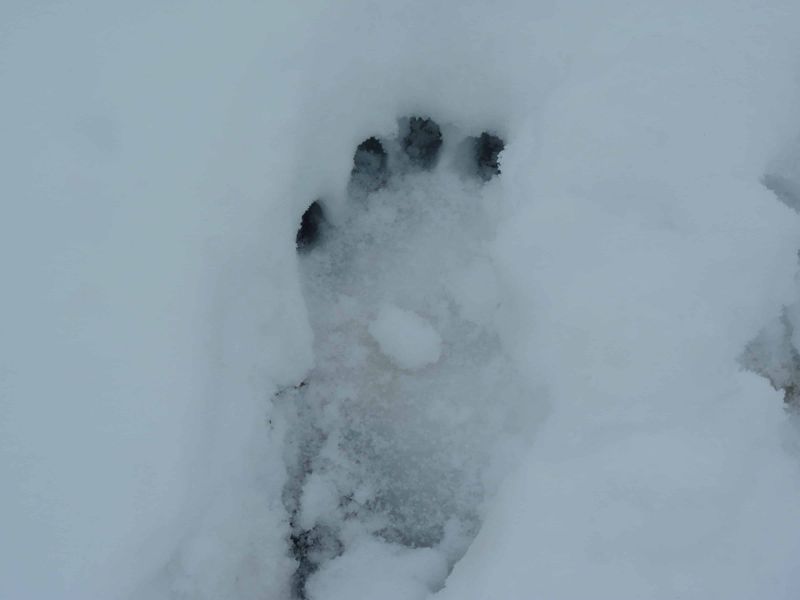
Mysterious footprints in snow-covered Himalayan passes have baffled explorers for centuries. Local Sherpa guides insist these tracks belong to a large, ape-like creature inhabiting the remote mountains.
DNA analysis of supposed Yeti hair samples has revealed connections to ancient polar bear lineages. Could an unknown bear species with unusual walking patterns explain the persistent sightings?
5. Ogopogo
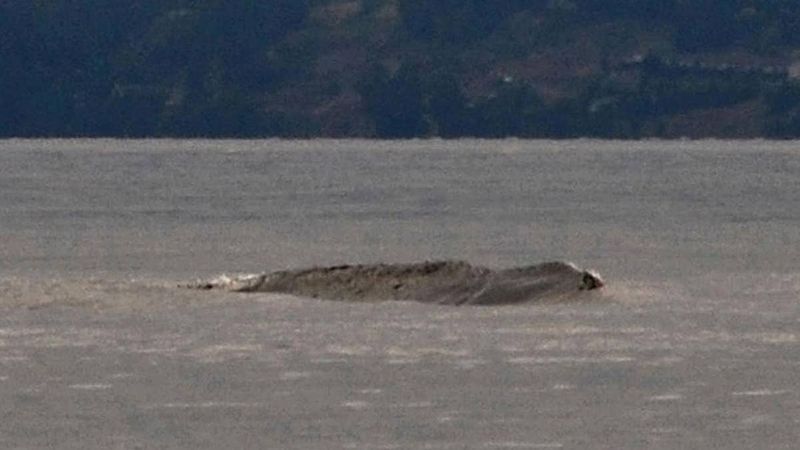
Canada’s answer to Nessie lurks in Okanagan Lake. First Nations people warned early settlers about a dangerous lake serpent they called N’ha-a-itk.
Modern witnesses describe a 40-60 foot serpentine creature with multiple humps. The lake’s depth and underwater cave systems could potentially harbor an isolated population of large aquatic predators unknown to science.
6. The Lizard Man Of Scape Ore Swamp
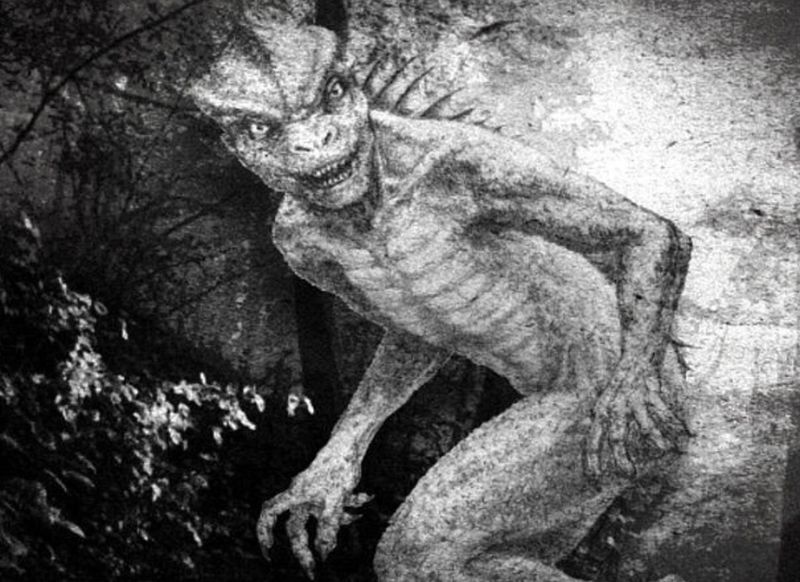
Red glowing eyes pierced the darkness as 17-year-old Christopher Davis fled from a seven-foot reptilian humanoid in South Carolina swampland. The 1988 encounter sparked dozens of similar reports.
Zoologists suggest these sightings might be misidentified alligators, large iguanas, or escaped exotic pets. The region’s warm climate could support non-native reptiles that grow to unusual sizes.
7. The Jersey Devil
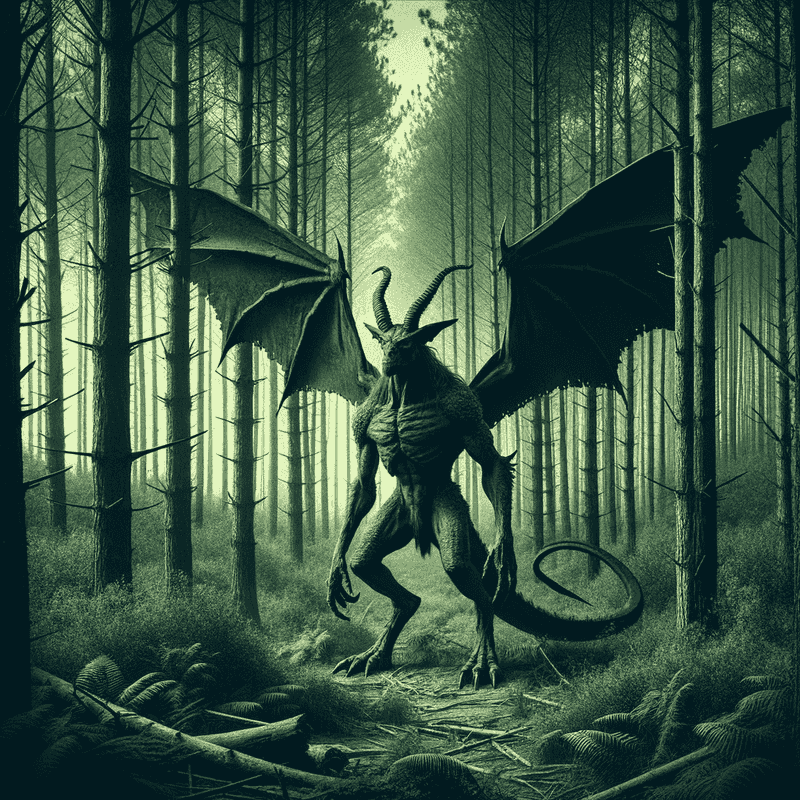
Born from colonial-era folklore, this winged nightmare supposedly emerged from the “Mother Leeds” cursed 13th child. Witnesses describe a kangaroo-like body with bat wings, hooves, and a horse-like head.
Wildlife experts suggest sandhill cranes – rare in New Jersey – could explain some sightings. These lanky birds stand 4 feet tall with 7-foot wingspans and make eerie calls.
8. The Beast Of Bodmin Moor
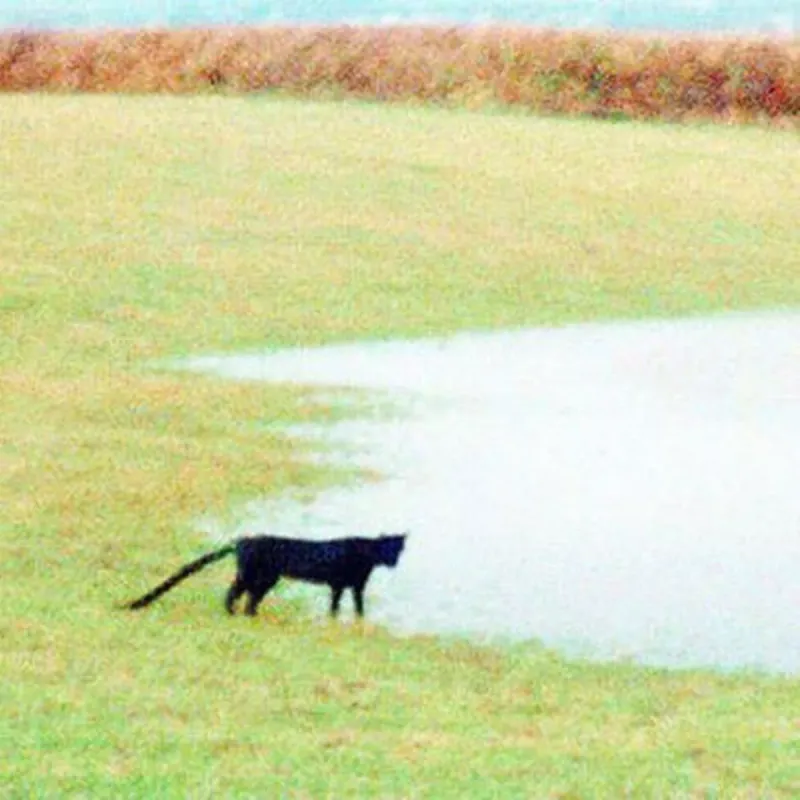
Farmers across Cornwall discovered mutilated livestock throughout the 1990s. Witnesses reported glimpsing large, black cat-like creatures prowling the moors.
Britain banned private ownership of big cats in 1976, but many owners allegedly released their exotic pets rather than surrender them. The temperate climate and abundant prey could support small populations of leopards or pumas establishing territories in remote areas.
9. The Bunyip
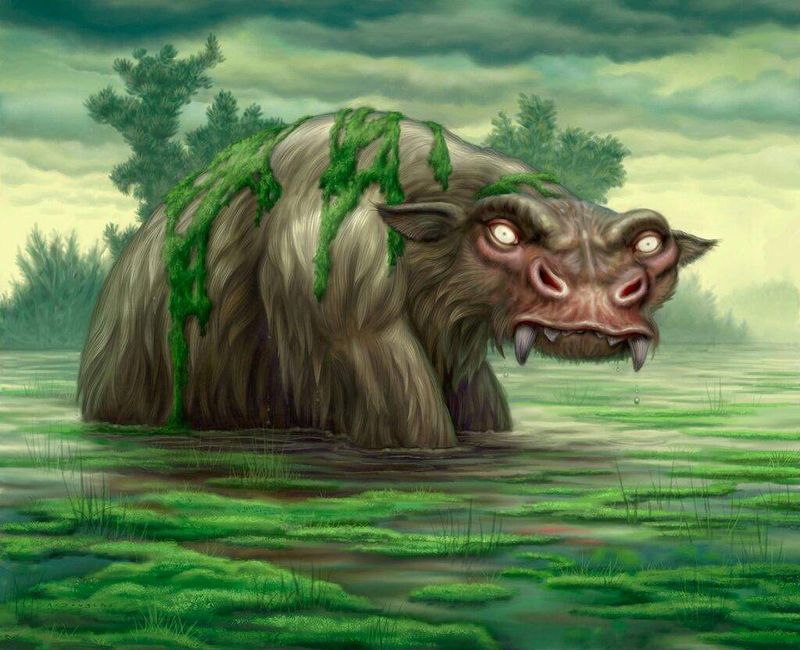
Aboriginal Australians warned early European settlers about dangerous water spirits lurking in billabongs and swamps. Descriptions varied widely – some resembling seals, others more like giant birds or reptiles.
Australia’s isolation created numerous unique species. The last known Tasmanian tiger died in 1936, but unconfirmed sightings continue. Could other presumed-extinct marsupials still exist in remote wetlands?
10. The Mokele-Mbembe
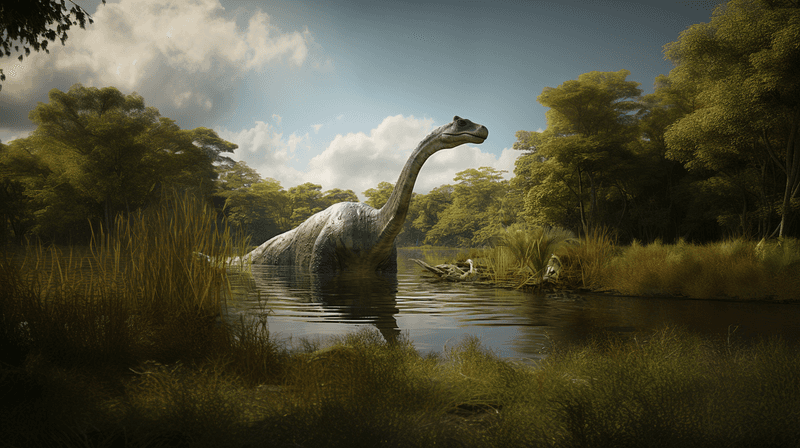
Deep in Congo’s unexplored swamps, local tribes describe encounters with a long-necked, elephant-sized creature resembling a sauropod dinosaur. European explorers have documented these accounts since 1776.
Central Africa contains vast regions virtually untouched by scientific surveys. The recent discoveries of living “fossil species” like the coelacanth fish demonstrate how animals presumed extinct can survive in isolated habitats.
11. The Flatwoods Monster

September 12, 1952: West Virginia residents investigated a crashed UFO and encountered a 10-foot hovering entity with glowing eyes and a spade-shaped head. All witnesses became violently ill afterward.
Skeptics suggest they saw a barn owl in unusual lighting conditions, magnified by fear. The “illness” matches symptoms of hysteria and exposure to owl defense chemicals. Yet the consistent details across multiple witnesses remain intriguing.
12. The Kraken
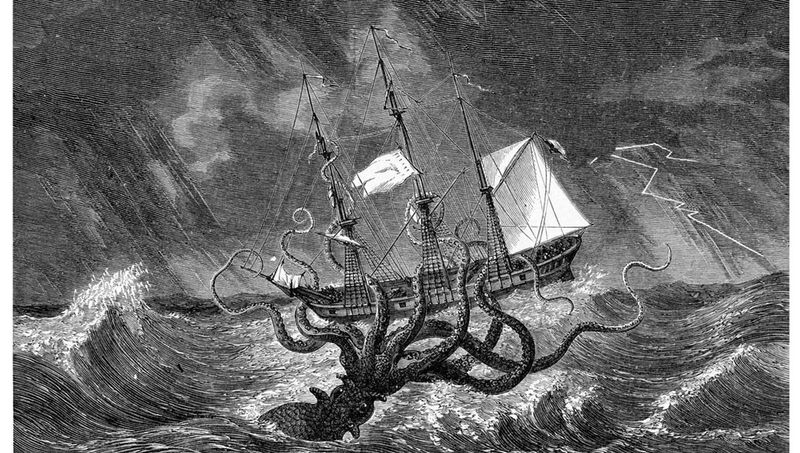
Ancient sailors trembled at tales of ship-crushing sea monsters dragging entire vessels to watery graves. These legends inspired countless artistic depictions of massive, tentacled horrors.
While giant squid genuinely exist – reaching lengths of 43 feet – they’re far smaller than the mountain-sized krakens of legend. Their deep-sea habitat kept them mysterious until the first live giant squid was photographed in 2004.
13. The Chupacabra
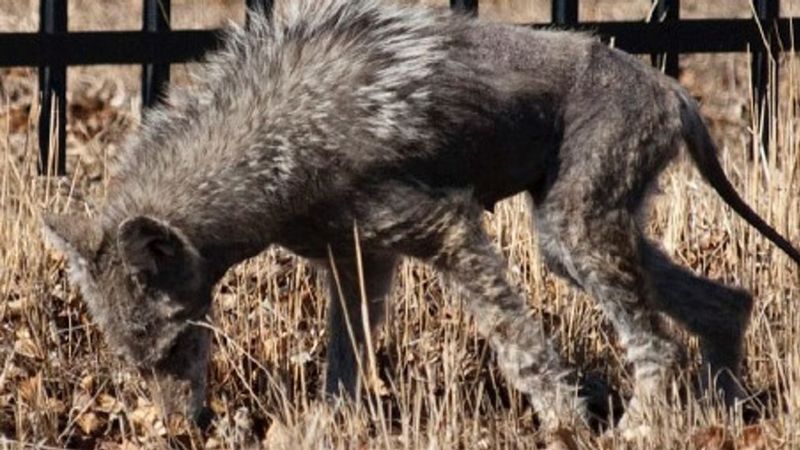
Puerto Rico, 1995: farmers discovered livestock completely drained of blood with surgical precision. Witnesses described a spiny-backed reptilian predator with glowing eyes.
Forensic investigations reveal these attacks match typical coyote predation. The bizarre “chupacabra corpses” consistently turn out to be coyotes or dogs with severe mange, causing hair loss and skin deformities that create an alien appearance.
14. Dragons

Every culture worldwide developed dragon myths independently. Chinese dragons control water and weather, while European dragons breathe fire and hoard gold.
These legends likely evolved from discoveries of dinosaur fossils. Ancient people finding massive reptilian skeletons would naturally imagine fearsome living creatures. Komodo dragons and large crocodilians also contributed realistic elements to these fantastical beasts.



